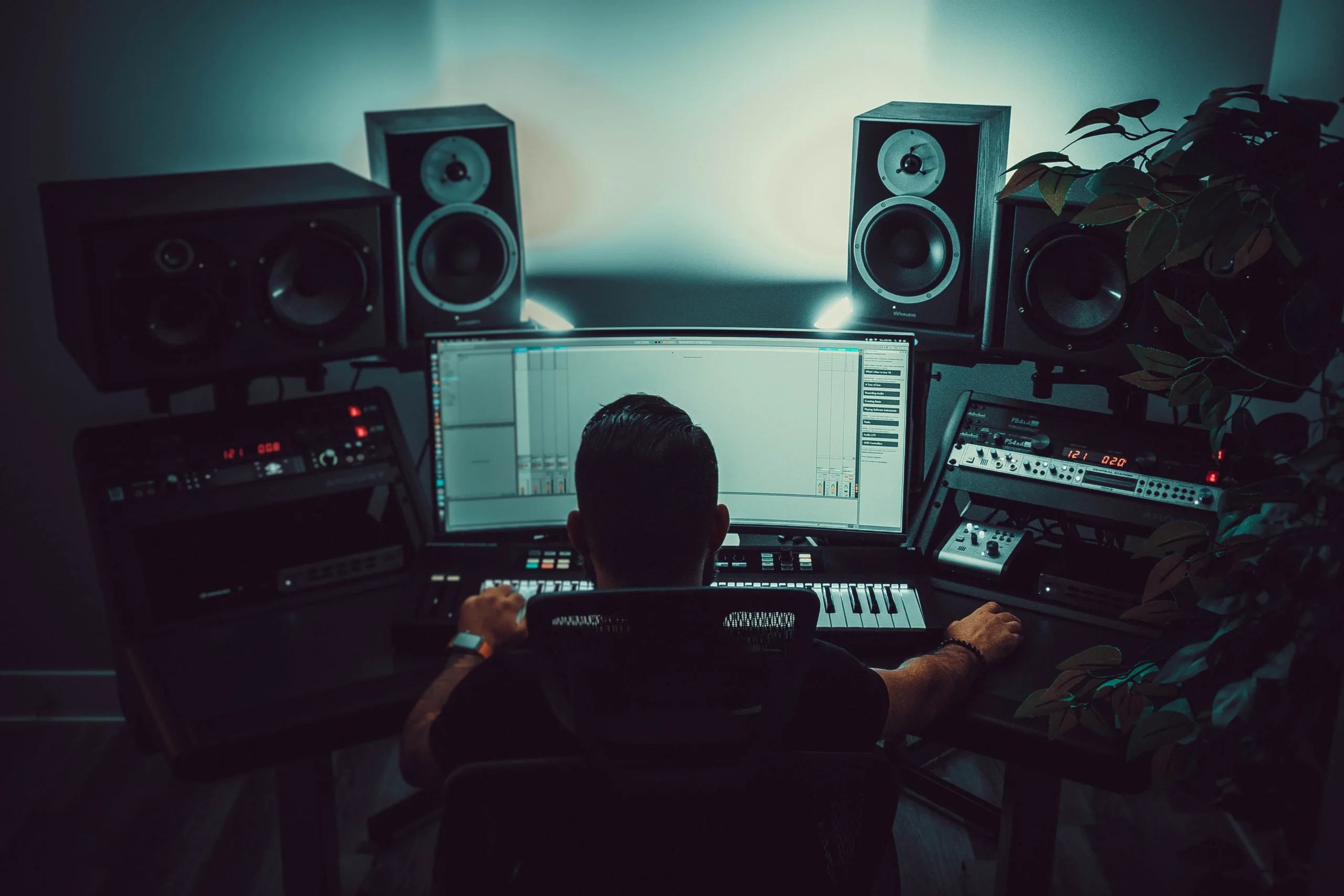How does Spotify work?
Spotify is the market leader in music streaming and thus strongly influences the music industry and its trends. The secret to its success: suggesting users what they didn’t even know they wanted to listen to. Because essentially, Spotify is also just a social media platform that benefits from being used, preferably by as many people as possible. Features like Discover Weekly, MixTapes, and Smart Shuffle exist to help users discover new songs and spend a lot of time on the platform. And the songs suggested are determined by the Spotify algorithm.
What is an Algorithm?
Algorithms, in general, are meant to answer a question by following various rules. The Spotify algorithm repeatedly answers the question of which recommendations ensure that users continue to use and enjoy Spotify. By analyzing user data, the algorithm can suggest tracks and playlists that match individual preferences.
How Does the Spotify Algorithm Work?
Analysis of Linguistic elements
- Lyrics, to suggest the song to users interested in the theme.
- Language, i.e., what ist the language of the song and how it is used (vocabulary, dialects, sociolects, etc.). This way, it can also differentiate between cultural groups and suggest content relevant only to their group.
Analysis and Categorization of the Audio file
- To determine the mood of the song, whether it’s danceable or calming, etc.
- The AI uses various musical features like tempo, rhythm, key, complexity, as well as genres and the instruments used. This is partly derived from the metadata which artists can provide.
Analysis of the Audience
- Spotify creates a taste profile for each user, knowing who listens to what, where, and when.
- Thus, a network of similar taste profiles is built. Recommendations are based on the listening behavior of users with similar profiles.
- The AI also considers whether users save the song and to which playlists it’s added, as well as other interactions with the artist’s profile (reading the description, listening to artist playlists, etc.).
In Short:
Spotify analyzes all available data about a song/user and other content. It puts them into context with each other, building its information network. Based on this, it optimizes its own processes to become more efficient at always suggesting the right content.
BaRT also considers which songs are known and unknown. Known songs include those the user knows but doesn’t listen to yet, and unknown ones are completely new to the user. To encourage users to use the platform more, recommendations mix both known and unknown songs.
The better songs are received, the more users they’re suggested to. And the better the artist is received, the easier it is for new releases to be frequently suggested. Additional user data (whether it’s listens, saves, or clicks on the artist profile) helps the algorithm to better categorize the song/artist and to recommend songs more accurately.
It’s important to remember that Spotify is a business like any other, and the more an artist/song generates profit for Spotify, the more the Spotify Algorithm will push it.

How do I get More Clicks on Spotify?
As unfortunate as it may be, it might not be enough to have a good song to be successful on Spotify. But there are some things you can do as an artist to be suggested more and to get the algorithm on your side.
Spotify Profile
It starts with your profile. When users show interest in your artist page, it signals to the algorithm that you’re helping the platform engage users. So make sure to have an appealing profile with interesting information about yourself and possibly self-curated playlists so your listeners can get to know you better.
Social Media Presence
Additionally, your online presence outside of Spotify matters. Spotify benefits from gaining new users, so it’s good for you to bring users from other platforms to Spotify. Link your Spotify profile in your other social media accounts. If you’re wondering how to start music promotion on social media, we’ve outlined a few steps here.
30-Second Rule
The Spotify Algorithm also notices when songs are skipped. Spotify registers only after 30 seconds that a song has been listened to. So, a song is only monetizable after 30 seconds. You don’t necessarily have to write your music specifically for the algorithm. But it doesn’t hurt to listen closely to the first 30 seconds and consider whether they’re appealing to your target audience.
It is much more important to build up your audience. So, firstly, know your target audience and secondly, reach them. Check your Spotify for Artists stats to get to know your audience better and be active on the platform and social media to interact with your listeners.
Pitch Playlists
Additionally, being featured on playlists can help. Apart from the playlists created by the algorithm, there are also playlists curated by individuals. Being featured on these can give you the boost you need to build an audience. You can contact curators of relevant playlists and pitch your songs to them, or you can hire a promotion agency like ours to do this for you with their existing contacts. If you have questions about how this works, feel free to read this article Playlist Pitching.
The first 12-24 hours after releasing a new song are crucial. This is when the initial data is collected to determine if the song has the potential to generate profit on Spotify. So, it’s important to attract users’ attention to the song quickly. Start informing your followers about upcoming releases beforehand. For the best possible start, consider promoting the song through playlists before its release.
Summary
The Spotify Algorithm notices and processes everything. It uses this data to improve the platform and the user experience. Behind every recommendation is a complex process. Hopefully, we’ve clarified this process for you and demystified how songs succeed on Spotify. So you can now evaluate and improve your Spotify presence from this perspective. If you have any questions on the topic, feel free to contact us.
Until next time.
Your BEFOREEIGHT Team


